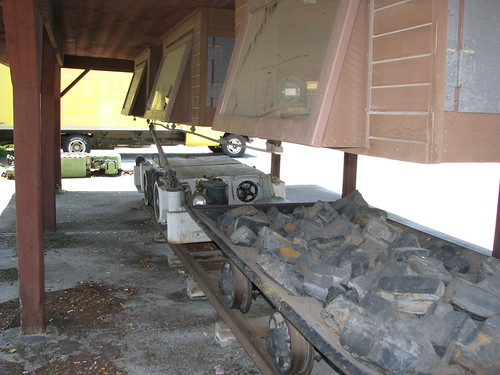 |
| Scott County Courthouse, Georgetown, Ky. |
Some counties just have a lot of historic markers around their courthouses. Scott County is one of them. Rather than create a post for each, I’m letting the markers speak for themselves the tale of Scott County. The beautiful 1877 courthouse is surrounded by
General Basil W. Duke, CSA (Marker 1861):
Marker 1861: A close associate of brother-in-law John Hunt Morgan, Duke provided tactics, discipline, and spirit, major elements of success of famous 2nd Ky. Cavalry. Wounded in battle twice, 1862; captured July 1863 in Ind.-Ohio raid; exchanged August 1864. After Morgan’s death, Basil Duke appointed to command brigade. Later led part of the escort for Jefferson Davis in April-May 1865.
(Reverse) Basil W. Duke (1838-1916) – Scott County native Basil Duke-attorney, politician, and author-is most noted for Civil War service to Confederacy. Admitted to bar in 1858, he began law practice in St. Louis. After Civil War he settled in Louisville. Elected to Ky. House of Rep. Duke led powerful railroad lobby and was bitter enemy of Wm. Goebel. Writings include History of Morgan’s Cavalry. Buried Lexington.
Georgetown Raided (Marker 701):
CSA Gen. John H. Morgan, on Kentucky raid here, July 15, 1862, camped two days. Destroyed rail bridges, USA stores, dispersed Home Guards. On 17th defeated USA at Cynthiana. Started back to Tenn. On last raid, Morgan was here, July 10, 1864, after taking Lexington. On 12th CSA met defeat at Cynthiana and retreated to Virginia. See map on other side.
Remember the Raisin (Marker 508):
Rendezvous of Kentucky Volunteers, Aug. 15, 1812, ordered to relieve Gen. Hull at Detroit. Kentuckians took Frenchtown (Monroe) on Raisin River Jan. 18, 1813. Four days later enemy attacked-killed, massacred, wounded, or captured all but 30. Of 1050 men not half reached home. Ky. counties named for officers: Allen, Ballard, Graves, Hart, Hickman, Edmonson, McCracken, Meade, Simpson.
Scott County Courthouse (Marker 1454):
Present structure, 4th courthouse of Scott County, erected in 1877 at a cost of $34,600. It is an outstanding example of the French “Second Empire Style,” known in U.S. as “Gen. Grant Style.” Built of materials obtainable in this area. Distance from ground to top of steeple is 185 ft. Designed by Thomas Boyd of Pittsburgh, who served as supervising architect.
(Reverse) Goebel Trial Here – Scott County courthouse chosen by Judge J. E. Cantrill for trials of the 20 persons accused of being involved in the assassination of Governor William Goebel. Although the murder was in Frankfort, the hearings were held in Georgetown to insure fair trials to the indicted. Three of the principal suspects were found guilty and sentenced to life imprisonment.
Scott County, 1792 (Marker 1248):
Formed out of a part of Woodford County, it was the second created after Kentucky became a state. Named for Gen. Charles Scott, 1739-1813, a Va. native. Officer in Revolution, saw service at Trenton, 1776, Germantown and Monmouth, 1777, Stony Point, 1779. Came to Kentucky in 1785. Represented Woodford Co. in the Va. Assembly, 1789-90. Fourth governor of Ky., 1808-12.











